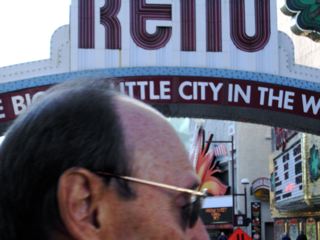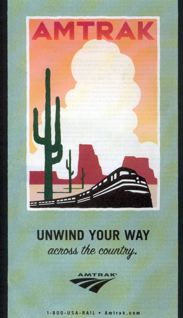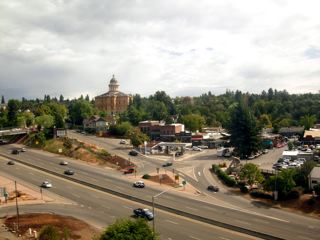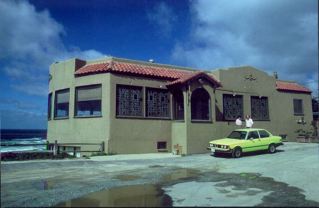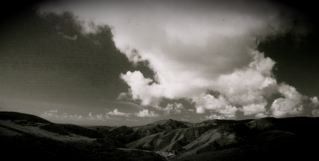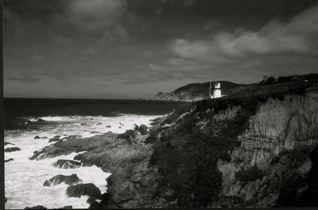Connection With Two Gang Murders In Ohio
“James T. Fratianno, who resided at —— in Moss Beach, was arrested in San Francisco on Monday by the FBI in connection with two Ohio gangland killings. He is known as ‘Jimmy the Weasel’.
“Fratianno gave no resistance and was brought handcuffed into the FBI office in the federal building. He was one of eight persons named in the complaint filed earlier in the day in the eastern city.
“‘The Weasel’ was out on bail for nearly two weeks. He gave himself up to the FBI on the day before Thanksgiving after charges were announced aainst him for alleged crimes in the L.A. area.
“A federal racketeering criminal complaint alleges one charge of murder and conspiracy to commit two murders.
“Roy McKinnon, special FBI agent in charge, said a .22 caliber revolver was found in a secret under-the-seat compartment of Fratianno’s car. He had a prearranged meeting at the motel but was alone when arrested.
“McKinnon said the complaint alleges Fratianno was ‘an arranger in the murder of two men in the Cleveland area’.
“The agent said that the slayings were ‘gangland motivated: a struggle for power’ in Ohio. U.S. Magistrate Richard Goldsmith set his bail at $50,000.
“Fratianno, who moved to San Francisco last Friday, said he will post bail and go back to his hometown of Cleveland for a hearing set for defendants Friday.
“‘I wasn’t an actual participant in whatever happened. I wasn’t even there,’ said Fratianno. ‘I understand there is word I talked to someone. I can prove I was not there at the time’.
“The FBI affidavit identified one victim as John Nardi, a Cosa Nostra member from Cleveland and the other as Danny Greene, head of the ‘Irish mob’ in the area. Nardi was killed last May 17 by a bomb in a vehicle next to his car, while Greene died when a remote control bomb was detonated in his car on Oct. 6
“The FBI affidavit alleged that Raymond Ferritto, charged with participating in the Greene murder, told them he was a long time associate ‘of La Cosa Nostra member James ‘The Weasel’ Fratianno, who resides in California.
HMB Review, December 1977
I’ll have more on “Jimmy the Weasel” later….

